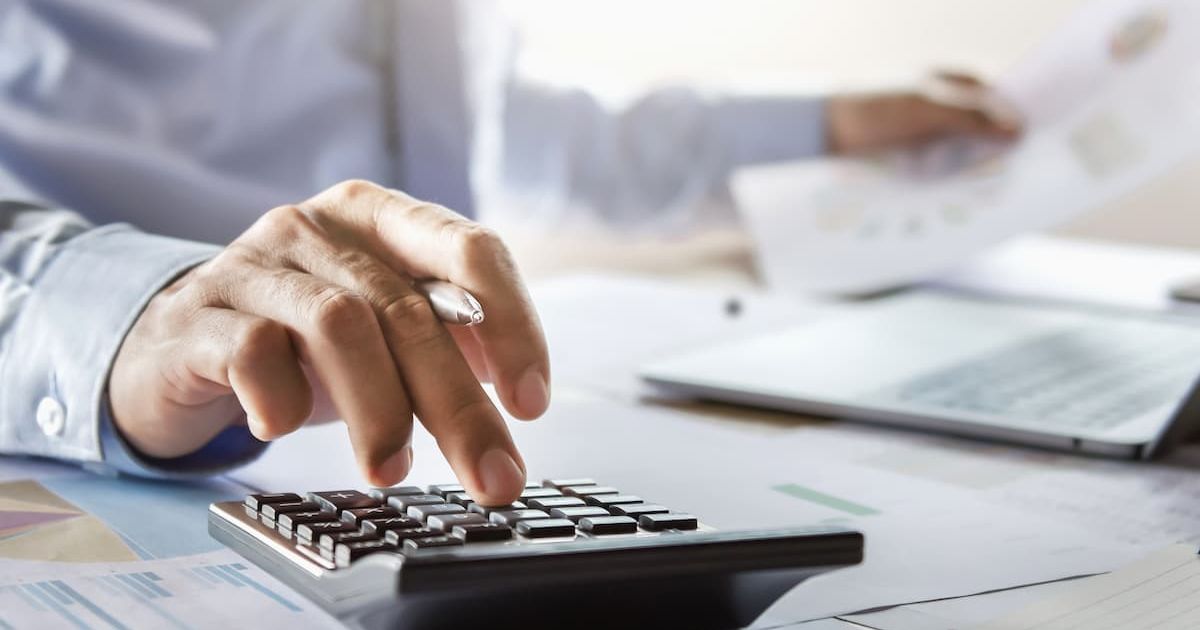
Lease accountancy is an essential aspect of financial reporting for businesses that engage in lease transactions, either as a lessee or a lessor. With the implementation of new lease accounting standards, such as the International Financial Reporting Standards (IFRS) 16 and the US Generally Accepted Accounting Principles (US GAAP) ASC 842, understanding the fundamentals of lease accountancy has become more critical than ever. This article provides a comprehensive guide to lease accountancy, covering key concepts, the impact of new accounting standards, and best practices for managing lease accounting processes.
Key Concepts in Lease Accountancy
To understand lease accountancy, it is essential to familiarize yourself with the following key concepts:
Lease
A lease is a contractual agreement between a lessee (the party that uses the asset) and a lessor (the party that owns the asset) that grants the lessee the right to use the asset for a specific period in exchange for a payment or series of payments.
Lessee and Lessor
The lessee is the party that acquires the right to use an asset, while the lessor is the party that provides the asset for use under the lease agreement.
Lease Term
The lease term is the duration of the lease agreement, during which the lessee has the right to use the asset.
Lease Payments
Lease payments are the amounts paid by the lessee to the lessor in exchange for the right to use the asset during the lease term.
Right-of-Use (ROU) Asset
An ROU asset is an asset that represents the lessee’s right to use an underlying asset during the lease term.
Lease Liability
A lease liability is an obligation that represents the lessee’s commitment to making lease payments over the lease term.
Impact of New Lease Accounting Standards
The introduction of IFRS 16 and lease accounting under ASC 842 has significantly changed the way leases are accounted for, particularly for lessees. Key changes include:
Recognition of ROU Assets and Lease Liabilities
Under the new standards, lessees are required to recognize ROU assets and lease liabilities on their balance sheets for most leases, including operating leases. This change increases transparency and provides a more accurate representation of a company’s financial position.
Enhanced Disclosure Requirements
The new standards require lessees and lessors to provide more comprehensive disclosures about their leasing activities, enabling users of financial statements to better assess the financial impact of leasing transactions.
Changes in Lease Classification
While both IFRS 16 and ASC 842 maintain a dual classification model for lessors (i.e., operating leases and finance leases), IFRS 16 eliminates the dual classification model for lessees, treating all leases as finance leases.
Best Practices for Managing Lease Accountancy
Implementing and maintaining effective lease accounting processes can be challenging, especially with the changes brought about by the new standards. The following best practices can help businesses ensure compliance and streamline lease accounting processes:
Centralize Lease Data
Consolidate all lease data into a centralized system, making it easier to manage, update, and access lease information.
Implement Lease Accounting Software
Invest in lease accounting software that automates complex calculations, simplifies the reporting process, and ensures compliance with relevant accounting standards.
Establish Clear Policies and Procedures
Develop and document clear policies and procedures for lease accounting, including the identification, classification, and recognition of leases.
Regularly Review and Update Lease Data
Conduct periodic reviews of lease data to ensure its accuracy and completeness, and update the data as necessary to reflect changes in lease terms, renewals, or modifications.
Train and Educate Staff
Ensure that your finance and accounting staff are well-trained in lease accounting standards and have a thorough understanding of the company’s lease accounting policies and procedures. Provide ongoing education to keep them up-to-date with the latest developments and best practices.
Collaborate with External Experts
Engage external experts, such as auditors or consultants, to help navigate complex lease accounting issues, validate your accounting processes, and ensure compliance with the relevant accounting standards.
Monitor Regulatory Changes
Keep abreast of any updates or changes to lease accounting standards and regulations, as well as industry-specific guidance, to maintain compliance and adapt your lease accounting processes accordingly.
Lease accountancy plays a critical role in financial reporting for businesses engaged in leasing transactions. With the introduction of new lease accounting standards like IFRS 16 and ASC 842, understanding the fundamentals of lease accountancy and implementing best practices are crucial for maintaining compliance and providing accurate financial information to stakeholders. By following the guidelines outlined in this comprehensive guide, businesses can effectively navigate the complexities of lease accountancy and ensure that their lease accounting processes remain efficient, transparent, and compliant.

